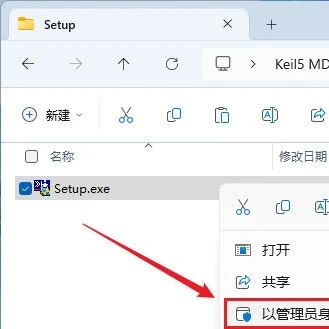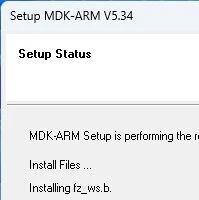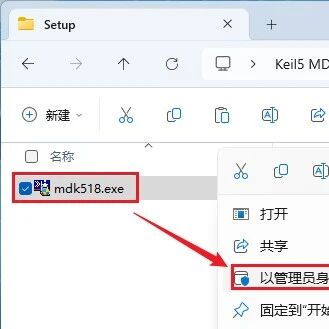Integrating the pstree Tool into OpenWrt
Recently, while debugging a user-space program, I suddenly wanted to understand the relationship between a certain process and several child processes, similar to the output below: ruok@ruok-vm:~$ ps aux | grep smbdroot 1359 0.0 0.2 356712 20596 ? Ss 16:48 0:00 /usr/sbin/smbd –foreground –no-process-grouproot 1361 0.0 0.0 344968 6036 ? S 16:48 0:00 /usr/sbin/smbd –foreground … Read more


![Collection of Award-Winning Works from the Lingdong MM32 MCU Forum "Exclusive Original Award" [Domestic MCU Column Issue 117]](https://boardor.com/wp-content/uploads/2025/10/84f23864-8715-422f-9fec-904b34bf371c.jpg)





![[STM32] Quick Installation of Keil5 MDK Software Environment](https://boardor.com/wp-content/uploads/2025/10/eab94729-87b4-4943-bc29-b20b7b447b12.jpg)
